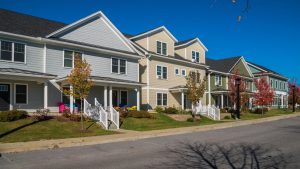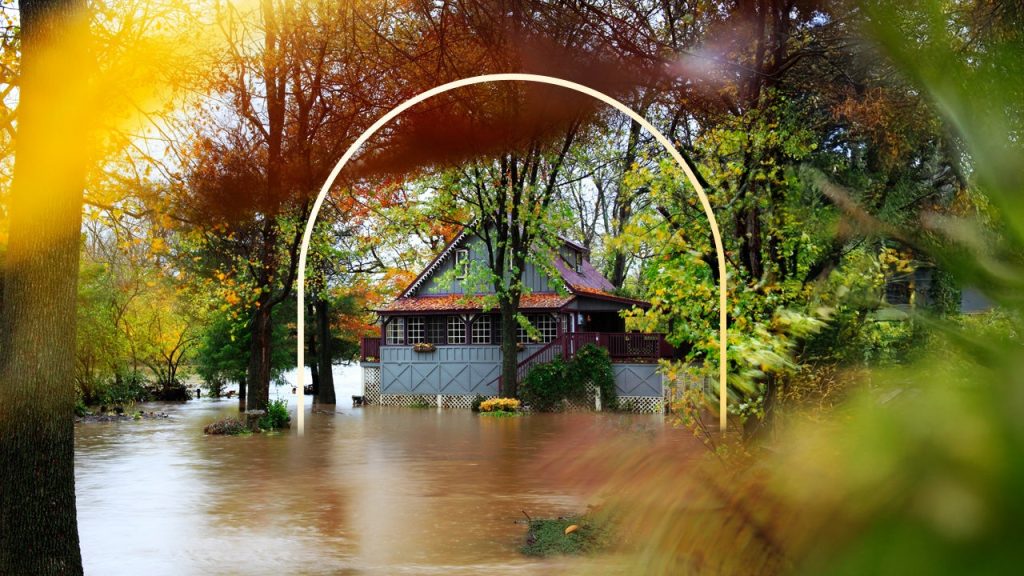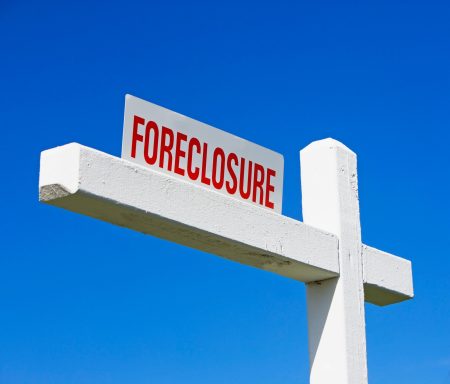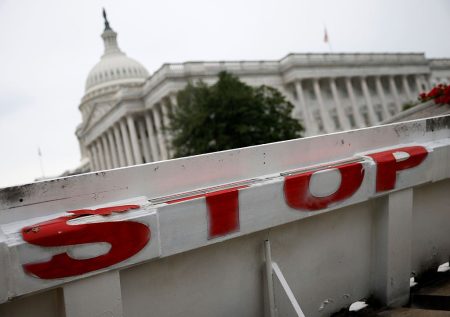Key takeaways
- As the frequency of extreme weather events and natural disasters increases, so too does the cost of homeowners insurance.
- This exacerbates home affordability for prospective buyers, who are already hampered by high home prices and mortgage rates.
- It also puts a strain on the budgets of existing homeowners, who have seen their monthly premiums increase significantly.
The last few years have presented no shortage of challenges for prospective homeowners: Limited availability, escalating prices and mortgage rates that more than doubled have driven affordability to its worst level in at least the last 20 years, according to the Federal Reserve Bank of Atlanta. In fact, the Atlanta Fed’s Home Ownership Affordability Monitor shows a gap of almost $45,000 between the median income needed to reasonably afford a median-priced home and today’s actual median household income — one of the largest gaps in the history of the monitor.
Much of this gap, of course, can be explained by the dramatic increase in home prices since 2020 and the aforementioned rise in mortgage rates. Property taxes have also increased, largely in line with property values. But there’s another factor at play in today’s market that is creating a new set of challenges for both first-time buyers and existing homeowners: the soaring cost of homeowner’s insurance.
Natural disasters lead to disastrous insurance prices
Homeowners insurance premiums grew by 24 percent across the country between 2021 and 2024, according to an April 2025 report from the Consumer Federation of America (CFA). That represents an average annual increase of $648 — a significant rise, 11 percent higher than cumulative inflation over the same period.
Money tip:
Homeowners insurance premiums over the past several years have skyrocketed, increasing at a rate 11 percent higher than inflation.
This is partly due to the increased frequency of extreme weather events. Recent data from the U.S. Department of the Treasury revealed that the annual number of major disaster declarations for climate-related events from 2018 to 2022 was almost double the annual average over the 50-year period from 1960 to 2010. In the first three quarters of 2024 alone, natural disasters caused an estimated $145 billion in economic losses across the U.S.
Another cause? The fact that housing continues to be built in areas prone to natural disasters. As the number of these events increased, subjecting more and more properties to severe damage, rebuilding costs rose as well. Verisk’s Q4 2024 Remodel Index noted that material and labor costs for home repairs and improvement projects have increased by more than 64 percent over the last decade.
Keep in mind:
Natural disasters caused an estimated $145 billion in economic losses across the U.S. in the first three quarters of 2024 alone.
These increases are being driven by a dramatic jump in losses and insurance claims. Verisk, in its Q4 2024 Property Report, cited a remarkable 113 percent year-over-year increase in catastrophe claims — claims that cause significant damage arising from widespread disasters like hurricanes, earthquakes or wildfires, with a large number of claims being filed simultaneously.
Insurance price hikes impact homeowners as well as buyers
Usually, when industry analysts discuss home affordability, it’s in terms of what a first-time buyer can afford to buy. But today’s market dynamics have altered that equation, as soaring insurance premiums, as well as rising property taxes, have started to impact current homeowners as well as house-hunters.
“Rising insurance premiums are eroding housing affordability by inflating monthly housing costs, potentially pricing out buyers and straining the budgets of existing homeowners — particularly those on fixed incomes,” says Odeta Kushi, deputy chief economist at First American Financial Corporation.
Bankrate’s take:
Rising insurance premiums can both price out hopeful homebuyers and strain the budgets of existing homeowners.
Buyers these days must be sure to factor increasing premiums into their monthly housing costs — borrowers will need to be able to afford not just the principal and interest payments on these loans, but higher insurance premiums and property taxes as well. And these rates will only continue to increase over time. With affordability already so weak, this will almost certainly result in some borrowers not meeting the minimum financial requirements to get the mortgage loan they need to buy a home.
Eventually, rising insurance rates might result in home prices declining, according to Kushi. “These elevated insurance costs can lead to discounted property values in high-risk regions,” she says, and they “may ultimately dampen transaction activity, as buyers grow more hesitant to commit to homes that carry a heavier financial burden.”
Dave Burt, founder and CEO of DeltaTerra Capital, thinks this is already happening, and home price declines in certain markets are likely to accelerate. “We saw a clear divergence in home listings in hazard-exposed markets beginning around 2022, when insurance costs really started ramping up,” he says. “Now we’re seeing actual value declines and increasing mortgage delinquencies.”
Areas that have been decimated by recent catastrophic events, like the west coast of Florida, are especially vulnerable, Burt says: “Some ZIP codes are now depreciating at double-digit rates,” he says. “While wildfire-exposed markets in California and other places are about a year behind, modeled price adjustments are similar.”
One extra thing — like an increase in insurance — can push homebuyers over the edge.
— Courtney Thompson
CMG Financial
This all adds up to a double whammy for current homeowners: Rapidly rising insurance rates increase their cost of homeownership, while declining home values in hard-hit areas erode the equity that these homeowners have built up.
In some cases, insurance-premium hikes may be putting these owners at risk of default. Courtney Thompson, EVP and head of servicing at mortgage firm CMG Financial, says insurance costs can be a factor in borrowers missing payments. “There are payment lapses due to overall affordability,” she says. “People are having to stretch to afford a home these days, and one extra thing — like an increase in taxes or insurance — can push them over the edge.”
Insuring the future: Uncertain times ahead
Virtually every part of the housing ecosystem is already feeling the impact of the billions of dollars in insurance claims caused by extreme weather events — and the resultant increase in insurance premiums. The impact on homebuyers and homeowners is readily apparent, but things don’t stop there.
Builders are now faced with more rigorous building codes, requiring materials and construction designed to better withstand wind, flooding and wildfires. Lenders need to factor in higher monthly housing costs and higher risk of loss in hard-hit areas. Appraisers will need to factor in the impact of higher finance costs and specialized building features to accurately determine home values. Even real estate agents will need to become familiar with these trends in order to provide valuable advice to both homebuyers and home sellers.
How will all of this ultimately affect the housing market? It’s too soon to tell. But one thing is certain: This is a problem that’s going to get worse before it gets any better.
Read the full article here









